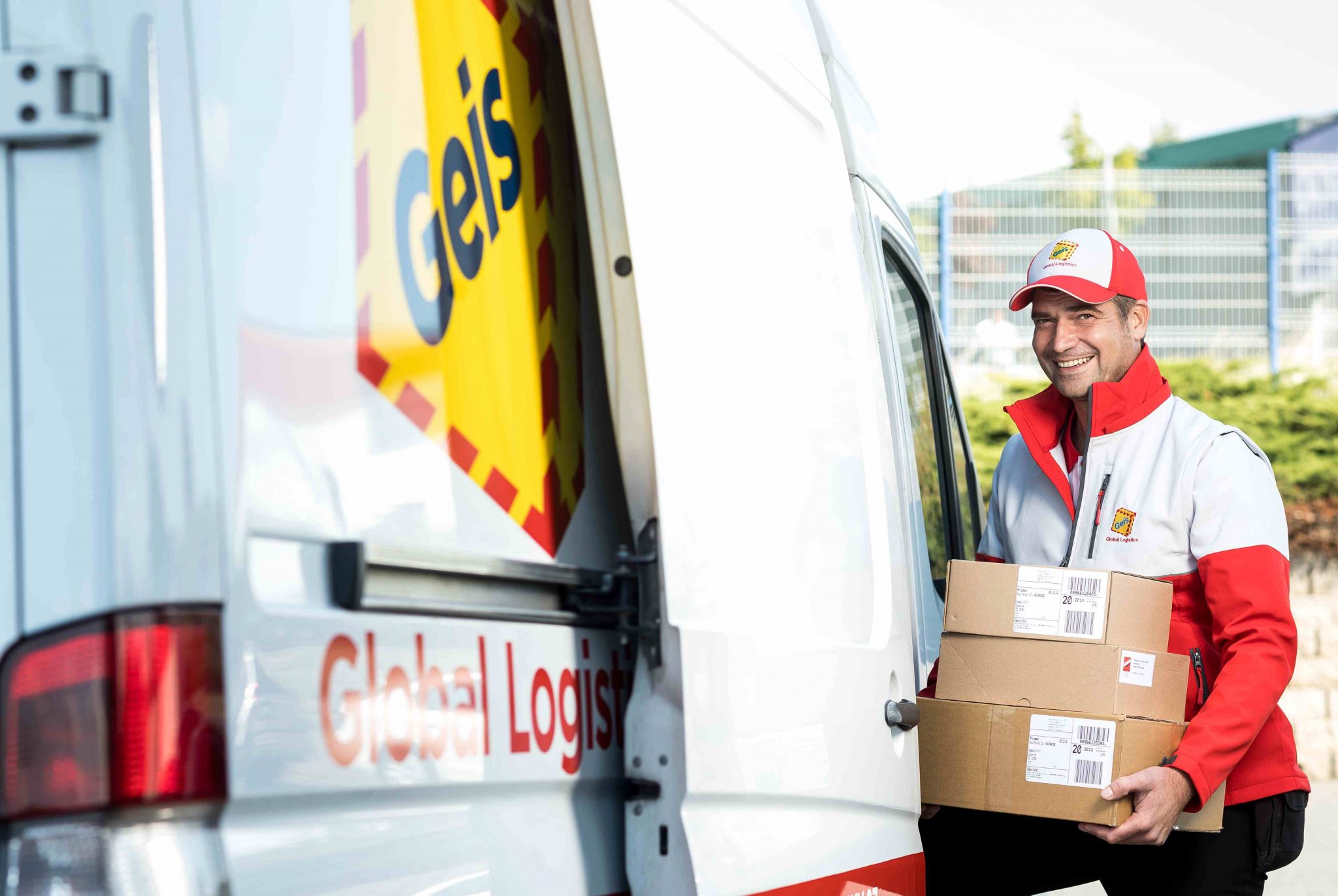FuturMaster, the supply chain solution provider that helps a number of major food, retail and manufacturing companies with demand forecasting and streamlining production and supply, has highlighted five defining trends that will earmark the supply chain scene in 2019 and beyond. These include further advances in the development and adoption of artificial intelligence (AI); supply chain worries and uncertainty surrounding Brexit; connected and cloud IT solutions; and increased collaboration as an effective means of cuttings costs and improving efficiencies.
The trends have been pulled together based on a mix of opinions from industry experts and some of the main issues raised by businesses and various supply chain conferences and studies throughout 2018.
Trend # 1: Artificial intelligence and machine learning
Artificial intelligence – and the concept of using machines and complex computer algorithms to help forecast demand with greater accuracy than humans – is being talked about a lot, but very few are actually using it that much yet. That, however, will soon change. The early pioneers of AI will most likely include mainly pharmaceutical, healthcare, cosmetics and retail industries – all keen to steal a march on rivals and improve service and delivery times in an increasingly competitive world.
Trend # 2: Brexit and supply chain uncertainty
“The big pain around Brexit for the supply chain, as elsewhere, is the uncertainty about what the final deal (or not) is going to look like. That being said, we are beginning to understand to some extent the several different options which might result. For the time being, the very least a supply chain professional should be doing is scenario modelling the resilience of their current supply chain against the various different options which might occur. This will expose areas of risk and may highlight measures possible today, which will provide benefit post-Brexit regardless of the details of the final deal,” says Nick Giuffrida, sales director at FuturMaster.
Trend # 3: Cloud IT solutions
More and more companies are steadily moving their IT applications to the cloud. This is partly to do with the attractiveness of the model, but also because it’s seen as an easier and more effective way of adopting standardised processes and best practices across global supply chains and international businesses.
Trend # 4: IoT and a connected supply chain
Connected objects and the internet of things (IoT) will undoubtedly have an increasing impact on the supply chain, due in part to the falling costs of wireless tracking devices and the ubiquity of internet connectivity. This will profoundly benefit the monitoring and flow of goods from the manufacturer to the retailer and ultimately on to the end-consumer. Take-up, so far, has been confined mostly to more expensive items, such as in the apparel and pharmaceutical industries; but adoption will be become much more widespread in 2019 and beyond.
Trend # 5: Collaboration
Virtually everyone in the supply chain industry still agrees that reliable, accurate data and a single version of the truth, shared by everyone, is the still one of the most important factors for success in improving results, reducing wastage and cutting costs. This involves everyone from top management and every department from production to finance working more collaboratively together; not to mention suppliers and retailers more openly sharing data for better results.





